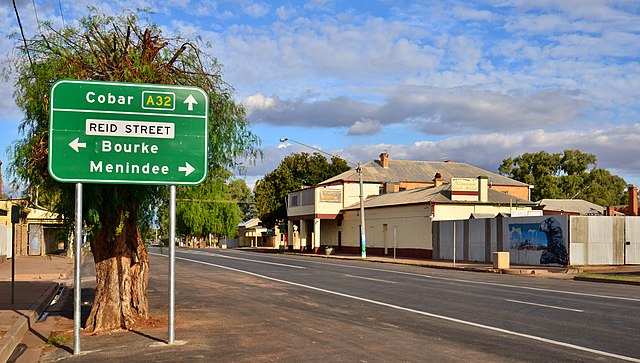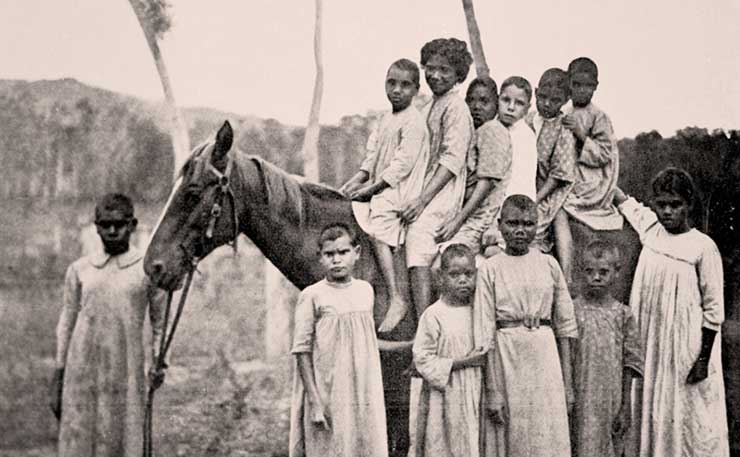The Shadow Minister for Indigenous Australians says the Federal Government is ill-equipped to deal with the level of food insecurity in COVID hit First Nations communities.
Mob living in regional, and remote communities already suffer from a lack of access to affordable and healthy food, and often have to travel longer distances to purchase food.
As case numbers continue to rise in Dubbo, Wilcannia, and other parts of Western NSW, and with tough restrictions in place across the state, people are becoming increasingly worried around access to food.
Linda Burney told reporters, she has been receiving messages from mob in these communities, and says the people are frightened and confused, heightened by a lack of coordination from government on the ground.
“We’ve heard about two fines being perpetrated in the case of two Aboriginal women who had proved negative and went out to get food for their for their families”, Minister Burney said.
“The last thing we want to see are people moving between communities, this is to be discouraged, but unless there is food security, it is difficult to see how it can happen.”
The Wiradjuri woman would like to see a national response to the First Nations covid crisis, and says ADF personnel, and the Commonwealth must work closely with, and support the good work of trusted community leaders and First Nations community health organisations.
“Officials have to work hand in glove with the local Aboriginal community, in particular Aboriginal leaders. They should be part of the decision-making processes…they should be able to then get the messages out to the community,” Minister Burney said.
“The Government promised a new approach by pledging to do what works and that is putting local First Nations organisations in charge. They’ve failed to do this, and local organisations are crying out for coordination and leadership from this absent Government.”
The Labor spokesperson continues to call for localised data on vaccination rates, “so that government and authorities know where the need is, and local communities know where they can get vaccines and when.”
“We still don’t have localised data on vaccination rates, and we still don’t have localised data on the availability of vaccines. Localised data is critical to understanding the areas of vulnerability and where resources need to be directed.”





